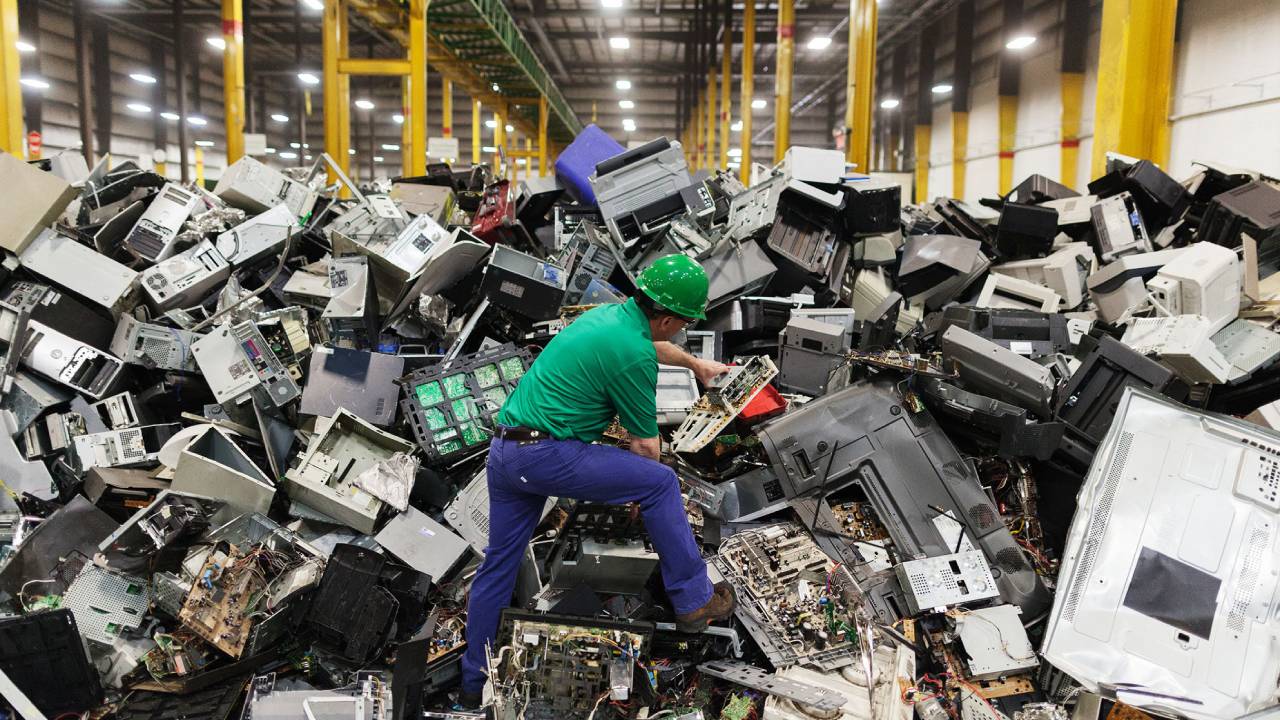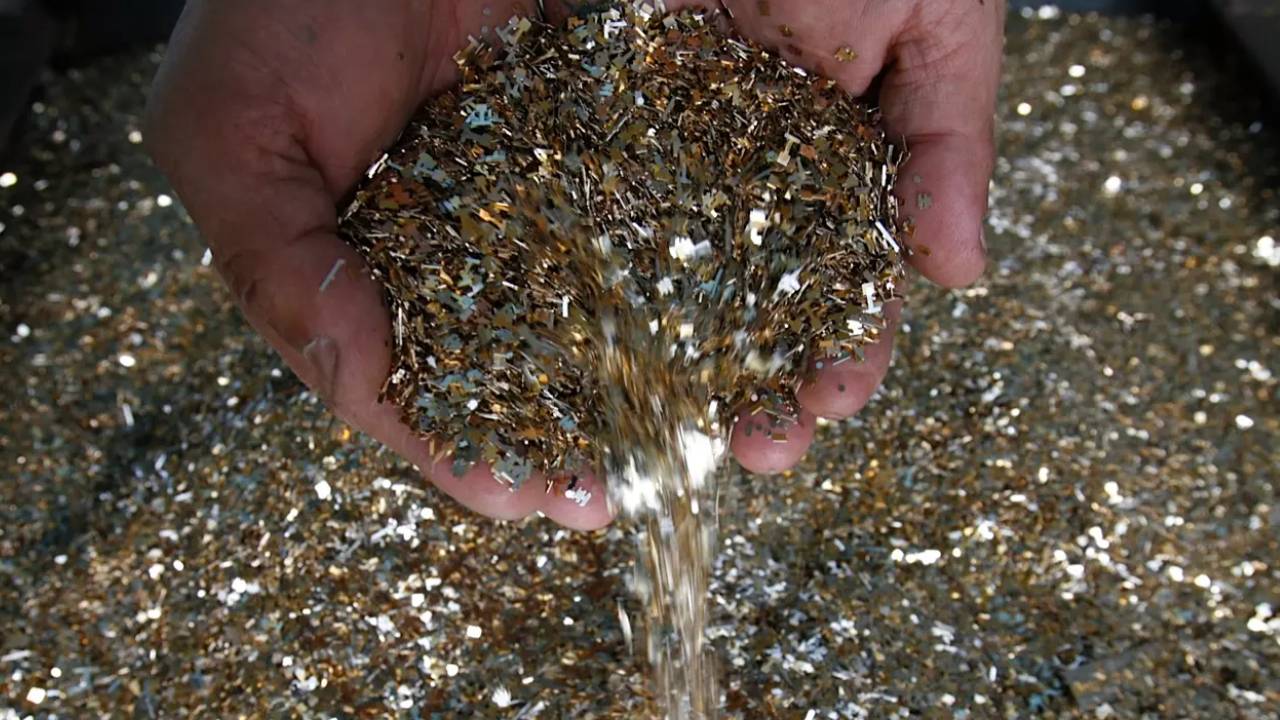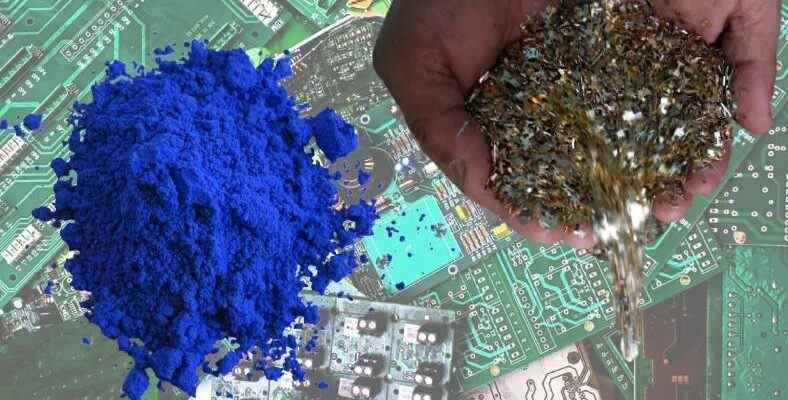The ‘Prussian blue’ pigment, which shapes art history and is one of the favorite pigments of many famous painters, will be used to extract some precious metals such as gold from e-waste such as telephones.
The colors in the paints used on the paintings or on the walls were not always as easily produced and easily accessible from anywhere as they are now. So much so that some colors, such as purple or blue, are usually obtained from precious pigments that are hard to find. underutilized and ‘valuable’ preferred in details.
One of the most prominent of these colors, which is the color of kings and religious people, was blue. This changed, thanks to a pigment now known as ‘Prussian blue’ and blue ceased to be a ‘royal colour’. Here is the ‘Prussian blue’ pigment, the source of this revolutionary change in art, now. in the recycling of e-waste has been the subject of significant development.
First, let’s take a look at what Prussian blue pigment is.
In order to obtain the blue color, ultramarine pigment obtained from grinding lapis lazuli, a metamorphic rock, also known as lapis lazuli, was used for many years. But this pigment it was a valuable pigment found in certain regions. Naturally, as we mentioned above, blue was a color that was rarely used.
But when the calendars show the year 1704 a discovery by chance, He completely changed the situation by bringing blue into the art world. Pigment producer Jacob Diesbach realized that he was running out of potassium while working on a red color and asked his friend, German doctor Johann Conrad Dippel, for whom he used his laboratory, for potassium.
Dippel gave Diesbach potassium, but it was potassium contaminated with animal fat from which animal blood was distilled. Diesbach, who unconsciously uses potassium in his mixture, it acquired a pale tone instead of its vibrant red color and then when he tried to concentrate he saw the color begin to change. Color is finally to blue color returned. Thus, the ‘Prussian blue’ pigment, the first synthetic blue color in history, was formed.
Gold can be extracted from e-waste such as phones with Prussian blue pigment

E-waste is a huge problem considering the ever-increasing use of electronic devices. Most The ‘developed’ country sends these wastes to African countries. turning the continent into a gigantic and toxic e-waste dump.
Although the worst example of this situation is African countries, it is possible to come across similar scenes all over the world and this problem poisons us all. Scientists too Recycling e-waste with affordable cost and high performance they are looking for their way.

One of the studies conducted in this direction is a study published in the past. Moreover, the obtained data is quite remarkable.
According to the study, using Prussian blue pigment can be easily and easily removed from e-waste. quite efficiently compared to current methods. It will be possible to extract gold and similar precious metals.
The authors of the study describe the importance of the situation as ”The amount of gold contained in a ton of mobile phones is 300-400 grams, which is 10-80 times more than a ton of natural ore. The same is true for other elements. Therefore, the recovery of these valuable elements from e-waste is much more effective and efficient than collecting from natural ore.‘, while also summarizing the Prussian blue pigment in the disposal of nuclear waste They also stated that it can be used ‘as a more cost-effective method’.
